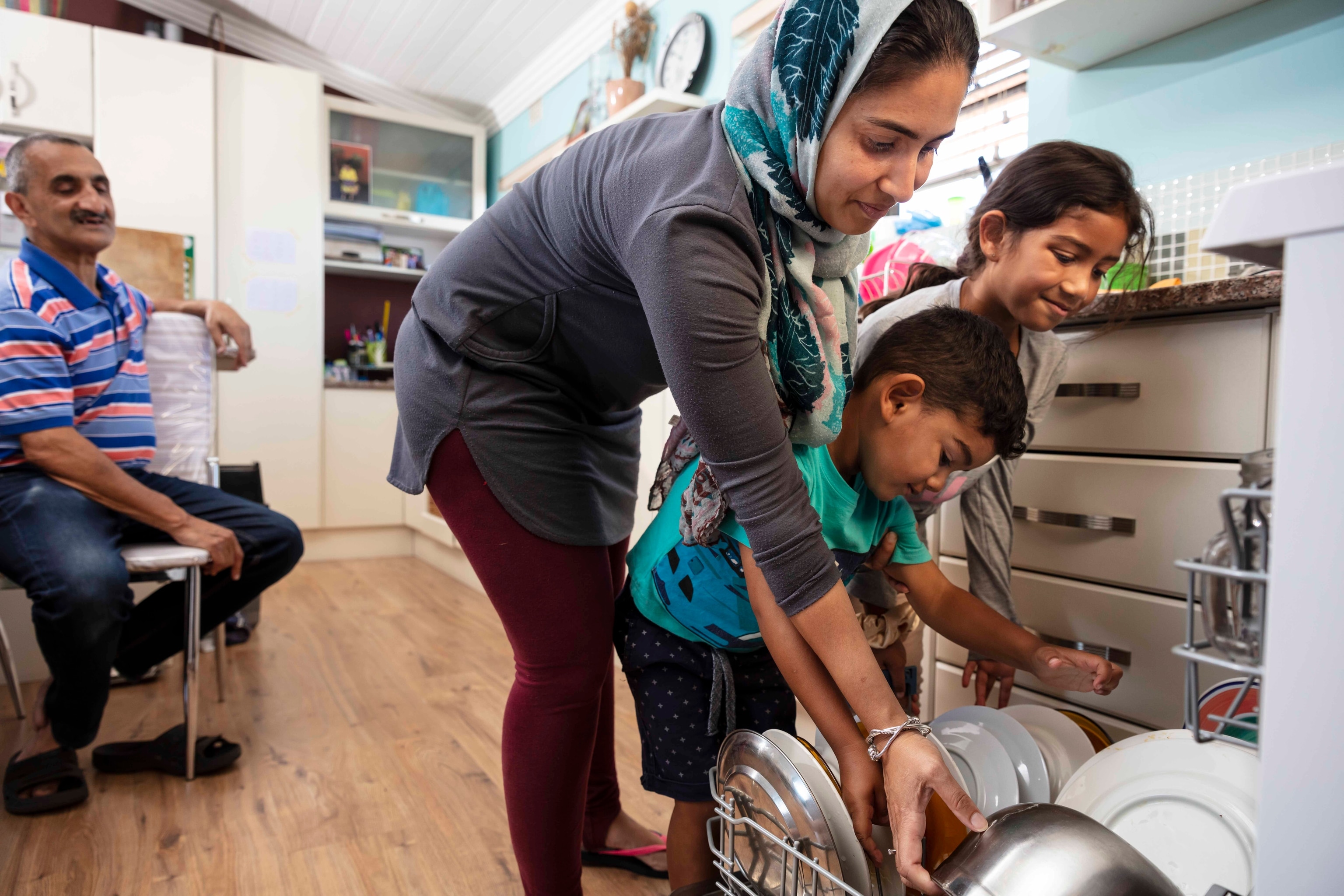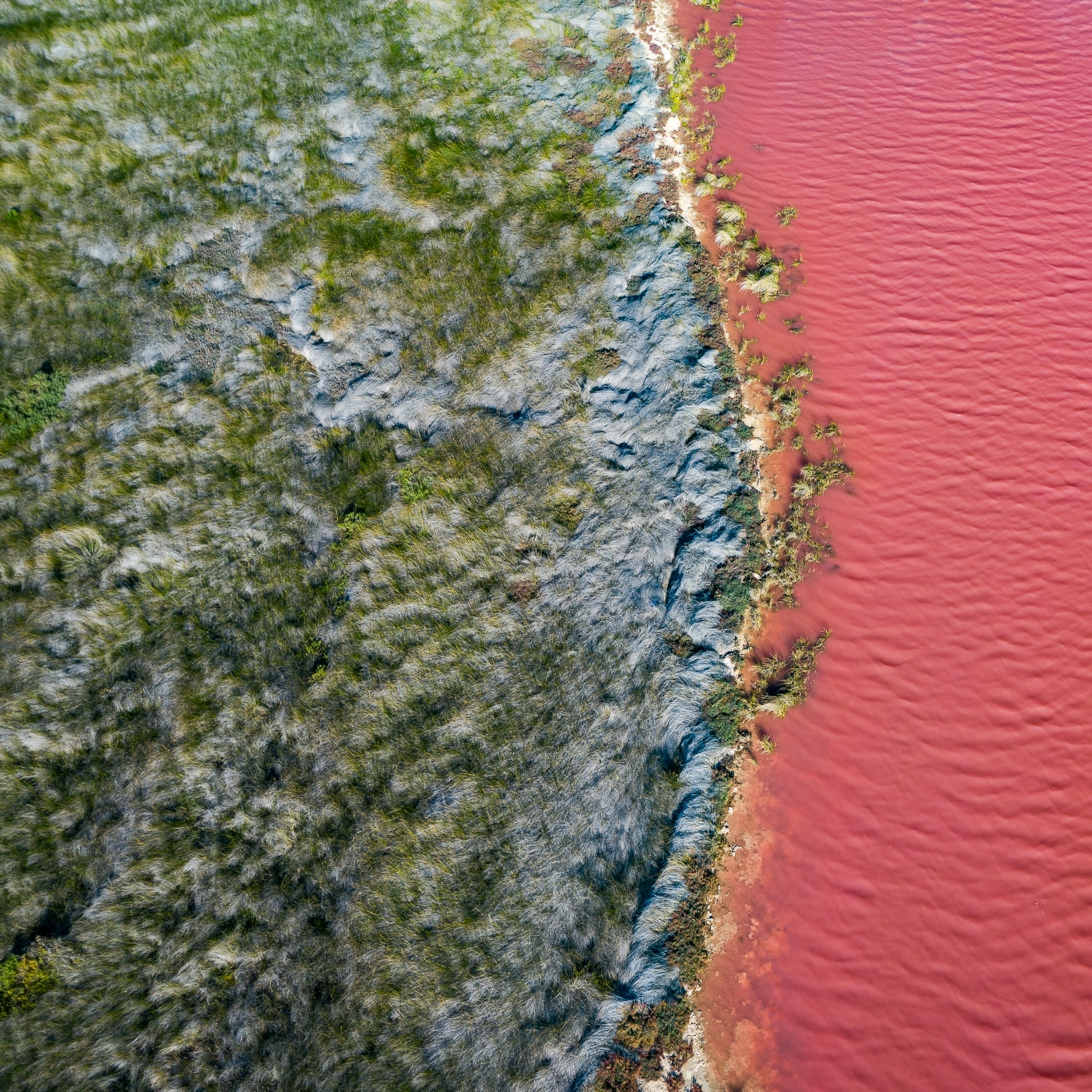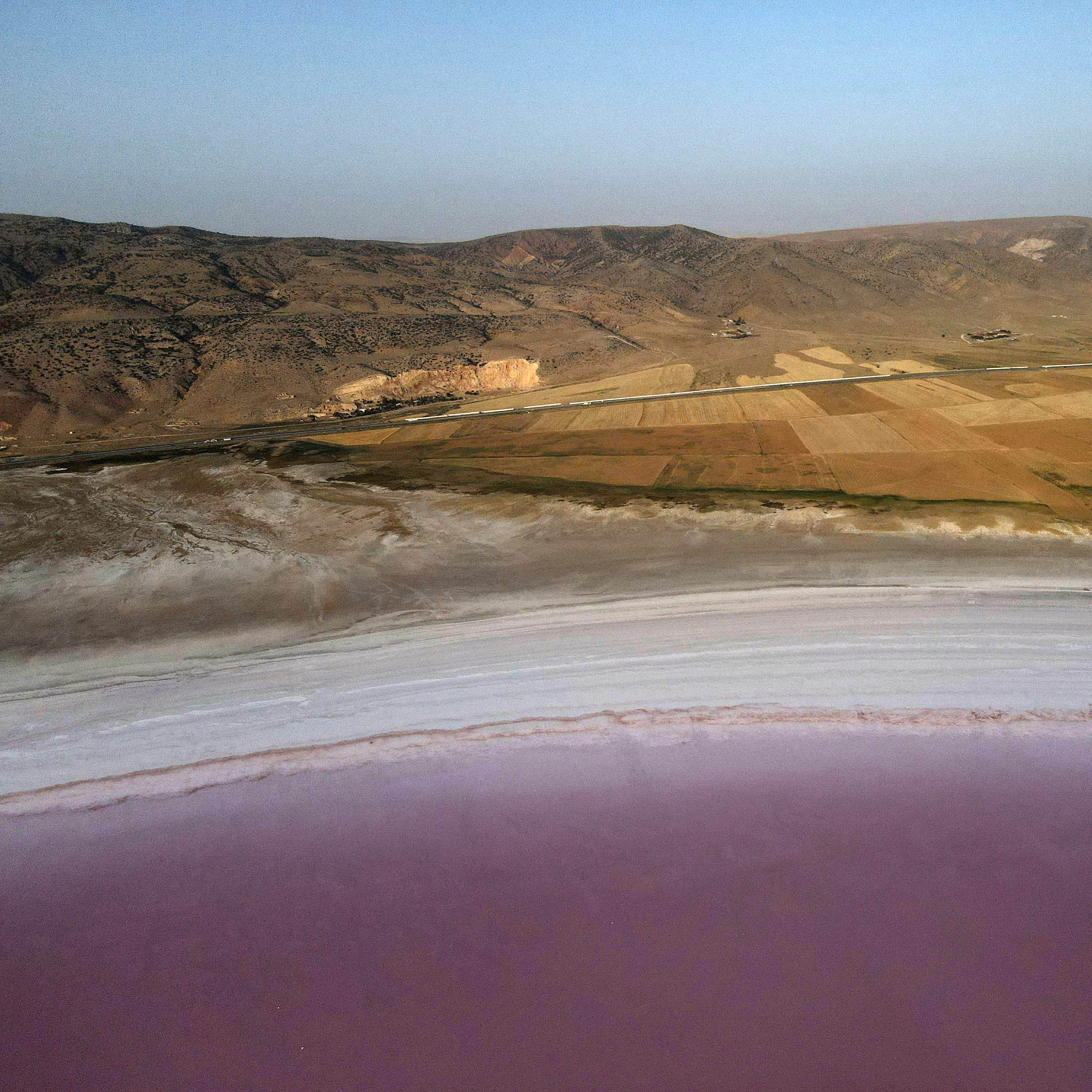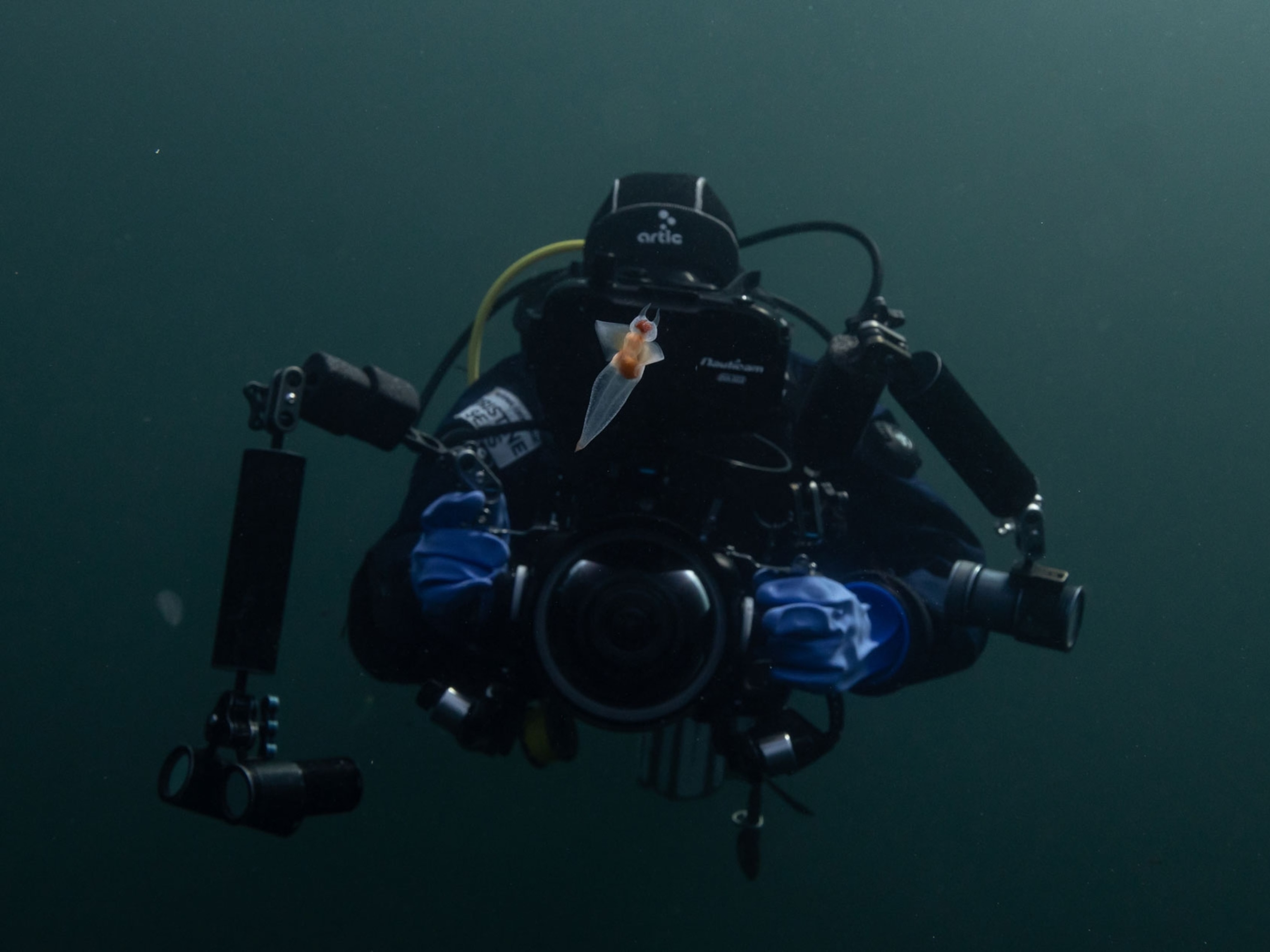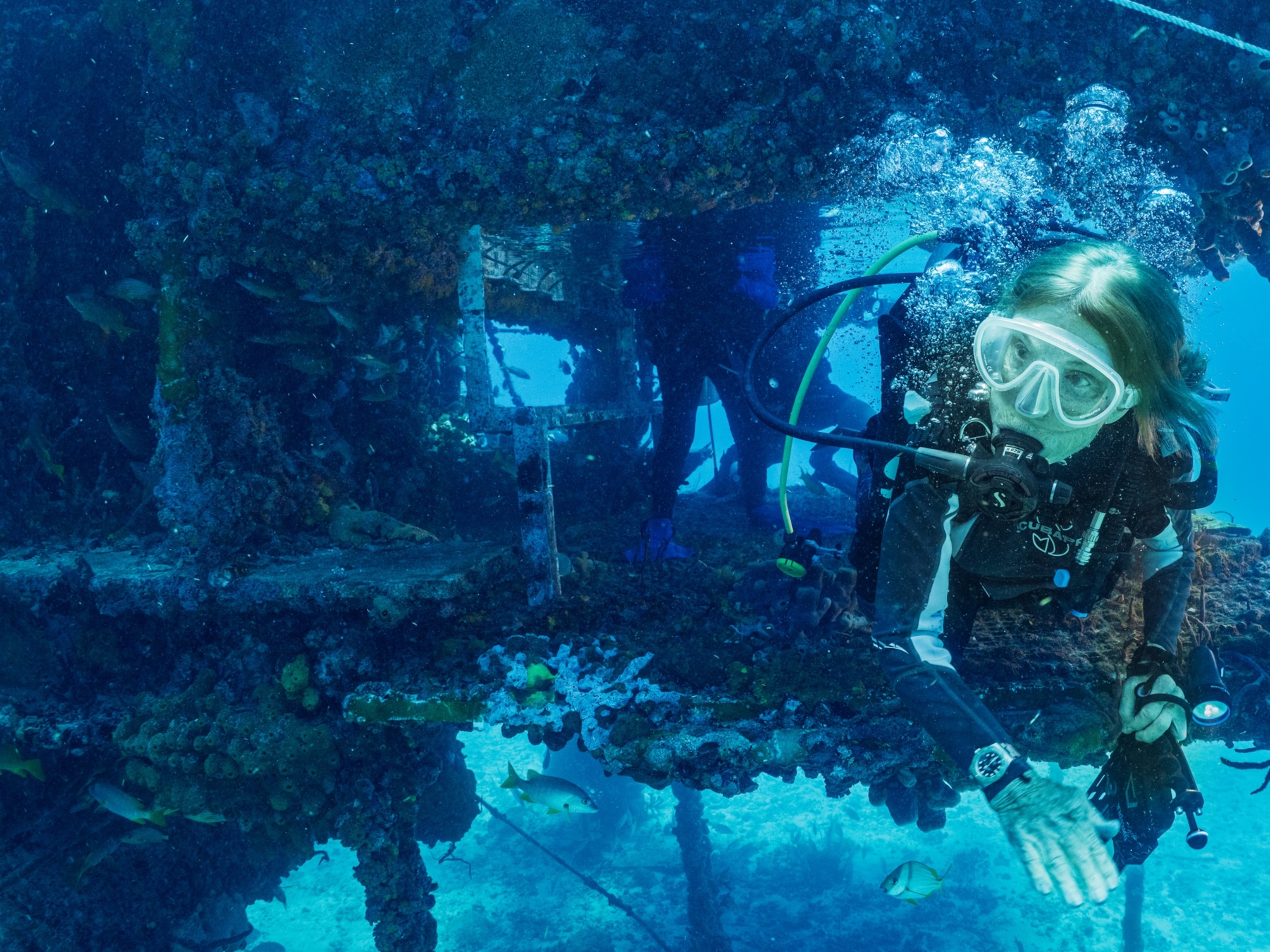Nearly two years ago, Cape Town was counting down to Day Zero when the taps would be turned off and over four million citizens would have to line up for their water. The world watched with nervous fascination the almost unthinkable prospect of a major city running out of water. For months the people of Cape Town were forced to survive on less and less water as severe restrictions brought extreme hardships for many, and even the loss of livelihood for some. At the eleventh hour, the crisis was averted.
In the end there was no silver bullet to save Cape Town, even though the sacrifice of farmers was crucial. Rather it was the collective effort and innovation of Capetonians that cut consumption enough to save the city. With necessity the mother of invention, here are some of the products that were developed or deployed to deal with the water shortage, and that may still prove essential to stop other cities from facing a similar fate.
Dropula
Leaks can waste thousands of gallons a year so it’s good to get into the habit of finding and fixing them. To help Capetonians do this, a professor at Stellenbosch University invented Dropula. This locally designed and manufactured smart meter allows users to monitor and manage their water consumption in real time. A smart meter attached to the municipal water meter detects spikes in usage, alerting the user on their smart device. Dropula identifies where and why the spike occurred, allowing leaks to be fixed and wasteful behaviors altered. During the crisis, Dropula was rolled out to over 100 schools that were able to save hundreds of gallons of water. Today, more than 350 schools across the Western Cape have installed Dropula, reducing water consumption by as much as 55 percent and collectively saving over 132 million gallons (500 million liters) of water.
Mistifi
Running the faucet while brushing your teeth can waste nearly five gallons (18 liters) of water in just two minutes, so it’s important to get into the habit of turning faucets off. But as well as using faucets less, we can make them use less water. Born out of Cape Town’s need for a low-cost solution to gushing faucets, Mistifi enabled almost any faucet to be retrofitted to deliver a fine mist instead of a wasteful flow. A Capetonian innovator fitted an off-the-shelf irrigation nozzle inside a locally produced faucet-sized casing to create the Mistifi. Cheap to buy and easily installed without a plumber, Mistifi turns a typical faucet flow into a fine spray of just 0.2 gallons (800ml) per minute—using around nine times less water. Perhaps a victim of its own success, Mistifi sold more than 3,000 units before an overseas competitor stole the market with a similar device.
LOO-ME
Nearly 30 percent of household water is literally flushed away, with five flushes of an older toilet using nearly 18.5 gallons (70 liters) of water; even an ultra-low-flow toilet would use more than half of one person’s daily water allocation. To meet the challenge of needing to flush less, a Capetonian housewife developed LOO-ME. This reduces the need to flush every time by masking the contents and smell of the toilet with a sprayed on scented layer of foam that sits on the surface of the toilet water. Available in Ocean Energy or Mountain Fresh, LOO-ME could save as much as 14 million gallons (54 million liters) of water a month if used across 100,000 toilets. Already ozone-friendly, a bio-degradable version is also being developed.
Shower Savvy
A five-minute shower can use around 16 gallons (60 liters) of water, far more than water restrictions would allow. But along with the need to take shorter showers, Capetonians were encouraged to capture shower water and reuse it for non-potable purposes such as flushing toilets. This saw Capetonians stoically showering between buckets, pans, and other cumbersome receptacles to catch as much of the 5 gallons (20 liters) of water a two-minute shower would deliver. A group of students at the University of Cape Town set out to solve this problem with Shower Savvy, a purpose-built unit that made it much easier to catch more water. Looking a little like a Jerry can, Shower Savvy uses four interlocking flat containers to form a sturdy platform that sits at the bottom of the shower and collects up to 10 gallons (40 liters) of runoff. If it can be brought to market, it has the potential to make greywater systems more accessible for homes in South Africa.
Garden ResQ
With the hot and dry weather yellowing grass and killing plants, it was tempting to turn on the sprinkler. But using around 265 gallons (1,000 liters) of water an hour, sprinklers were banned and replaced by buckets of greywater poured onto gardens. Taking greywater recycling to the next level, Garden ResQ uses a simple system to make the most of domestic wastewater. The Fish Hoek based company designed and manufactured a container that is quickly and easily plumbed into a wastewater pipe to collect the often fairly clean runoff greywater from baths, showers, handbasins, and washing machines. It filters the water of contaminants, and then sprays the water onto the garden through a pyramid sprinkler. With heavy penalties for using the municipal supply to water lawns and plants during the drought, Garden ResQ enables Capetonians to reuse around 33 percent of their water for something more than survival.
Dishwashers
Even on just 13 gallons (50 liters) of water a day, it was still crucial for Capetonian’s to maintain cleanliness in the kitchen. While it is relatively easy to reuse cups and mugs, it was much harder with cutlery, plates, pots, and pans. Handwashing in the sink can use a lot of water but washing with less water might not get the dishes as clean as you would like. For many households the solution was to use a dishwasher, and sales went up 34 percent during the crisis. An efficient, newer, fully loaded dishwasher can clean a whole day’s dishes with 2.5 gallons (9.5 liters) of water--saving around 15 gallons (57 liters) compared to handwashing in the sink. This is because the water is filtered and recycled through the various stages of the wash, and with a good dishwasher detergent everything comes out spotless and hygienic. In fact, the enzymes in dishwasher detergents need food particles to latch onto so it is better to put them in dirty, saving another nine and a half gallons (36 liters) by not pre-washing them.
